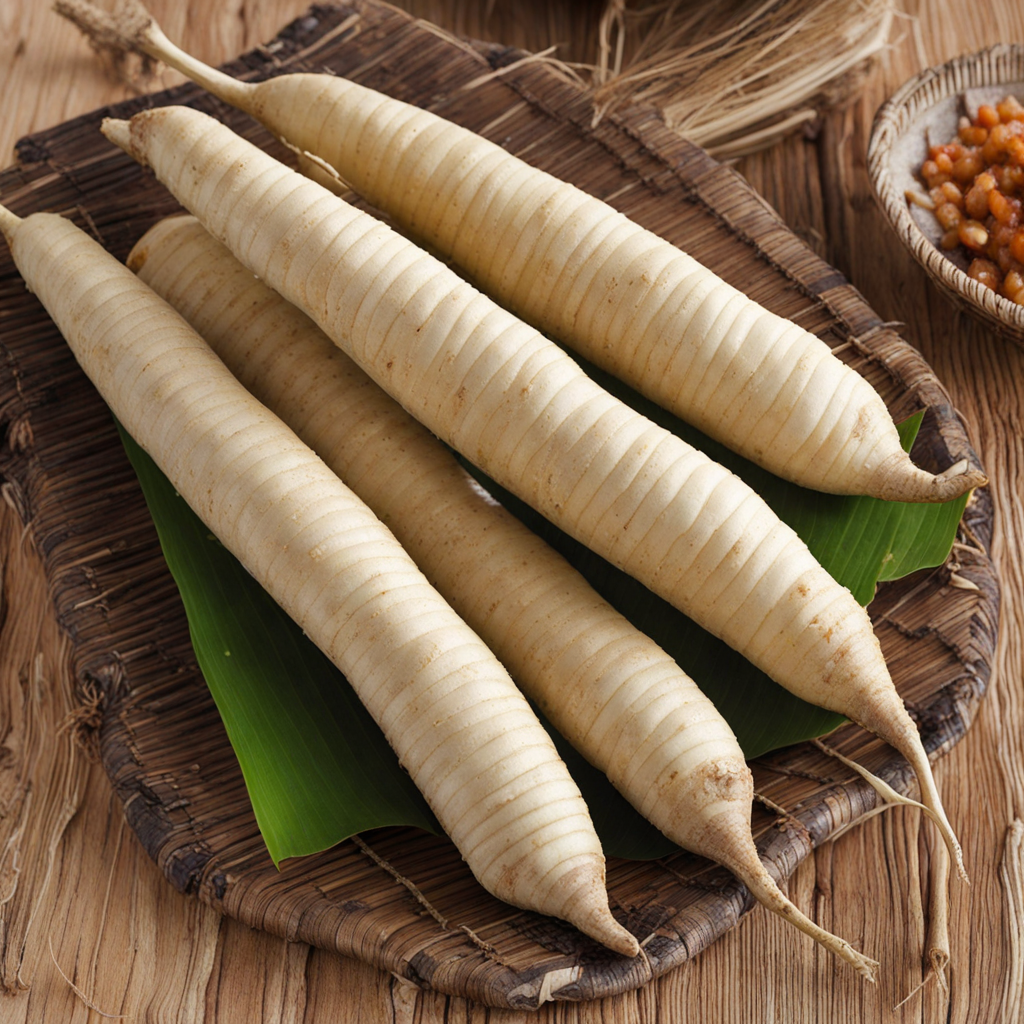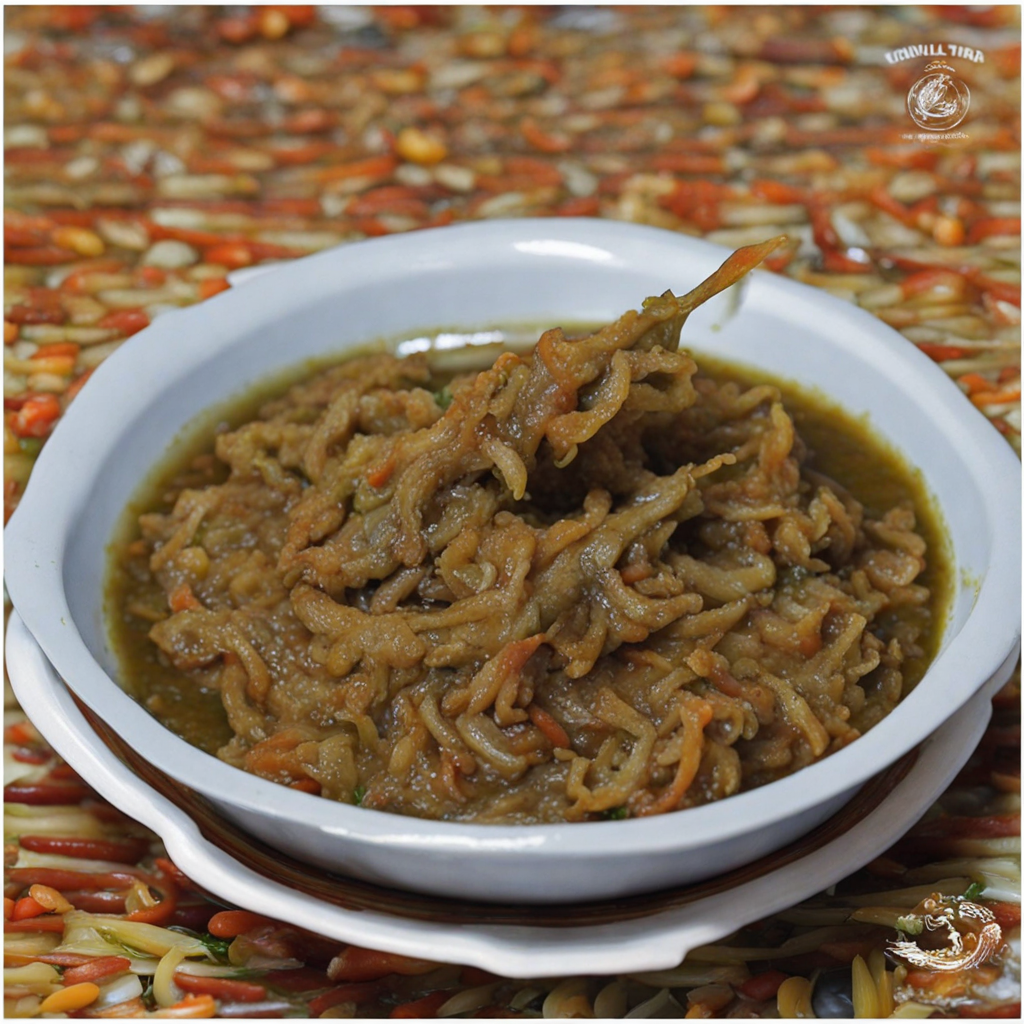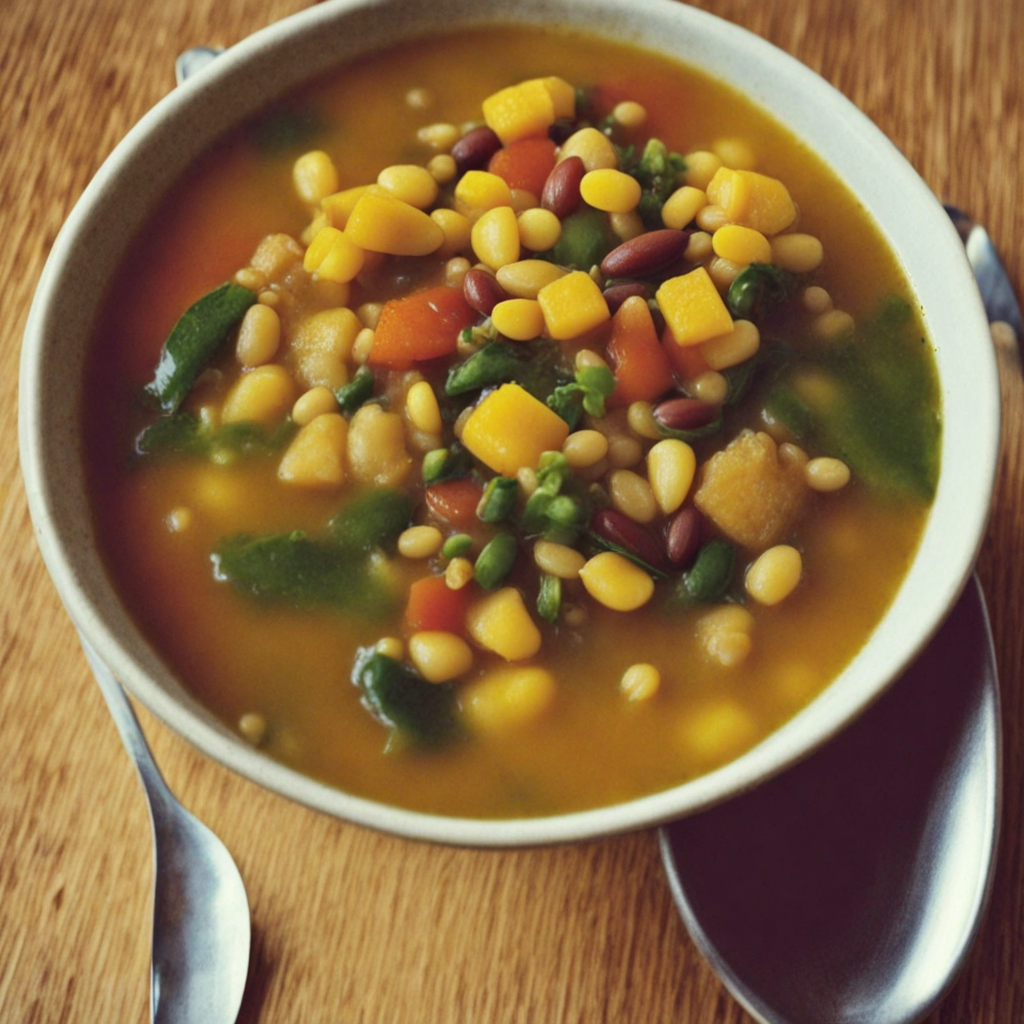Kasava
Kassava, known locally as 'kasava,' is a staple food in Timor-Leste, cherished for its versatility and unique flavor. This root vegetable, similar to yam or sweet potato, has a mild, slightly nutty taste that pairs beautifully with a variety of ingredients. When cooked, kasava becomes tender and creamy, making it an excellent base for many traditional dishes. The texture is starchy, which allows it to absorb flavors well, making it a perfect accompaniment to savory stews, grilled meats, or fresh vegetables. In Timor-Leste, kasava is often prepared in simple yet delicious ways. It can be boiled, steamed, or roasted, and is frequently served mashed or in a stew. One popular dish is 'kasava with coconut,' where the root is cooked and then mixed with coconut milk, enhancing its natural flavor while adding a rich creaminess. The dish is typically seasoned with salt and sometimes garnished with fresh herbs, creating a delightful balance of flavors that is both comforting and satisfying. Beyond its culinary appeal, kasava also holds cultural significance in Timor-Leste. It is often served during celebrations and gatherings, symbolizing hospitality and community. Exploring kasava not only introduces you to a new taste experience but also invites you to appreciate the rich traditions and heritage of Timorese cuisine. Whether enjoyed in a simple family meal or as part of a festive feast, kasava is a food that brings people together, leaving a lasting impression on anyone willing to dive into its delicious depths.
How It Became This Dish
The History of Kasava in Timor-Leste: A Culinary Journey Kasava, known in many parts of the world as cassava or yuca, is a starchy root vegetable that has carved out a significant role in the culinary landscape of Timor-Leste, an island nation in Southeast Asia. This tuber, native to South America, found its way to Africa and Southeast Asia through the transatlantic slave trade and is now a staple in the diets of many tropical regions, including Timor-Leste. The story of kasava in this country is not just about food; it is a narrative of resilience, adaptation, and cultural identity. Origins and Introduction to Timor-Leste The roots of kasava can be traced back to the Amazon basin, where it was cultivated by indigenous peoples for thousands of years. It was introduced to Africa in the 16th century, where it thrived and became a crucial part of the diet, especially in regions where other crops struggled due to poor soil or climatic conditions. By the 19th century, cassava had made its way to Asia, including Indonesia, and from there to Timor-Leste. The introduction of kasava to Timor-Leste is closely linked to the broader patterns of trade and colonization. As Portuguese explorers and traders began to establish their presence in the region during the 16th century, they brought with them a variety of crops, including cassava. The local population quickly recognized the utility of kasava, which could thrive in the island's diverse agricultural conditions, including poor soils and drought-prone environments. Cultural Significance In Timor-Leste, kasava is more than just a food source; it is a cultural symbol. The tuber is deeply integrated into local traditions and practices. It is a staple in the daily diet, providing essential carbohydrates and serving as a versatile ingredient in various dishes. Kasava can be boiled, baked, or fried, and it serves as a base for many traditional recipes. One of the most common ways to prepare kasava is by boiling it and serving it with a variety of accompaniments, such as fish, vegetables, and spicy sauces. It is also ground into flour, which is used to make a type of flatbread or porridge, providing a gluten-free alternative to wheat products. In rural communities, kasava is often prepared for special occasions and celebrations, symbolizing hospitality and abundance. Moreover, kasava plays a critical role in agricultural practices. It is typically intercropped with other staples, such as maize and beans, contributing to food security in a region that has faced challenges related to climate change and economic instability. The resilience of kasava in Timor-Leste reflects not only its adaptability as a crop but also the ingenuity of the Timorese people in utilizing available resources to sustain their livelihoods. Development Over Time The role of kasava in Timor-Leste has evolved significantly over the centuries, shaped by historical events and socio-economic changes. During the Portuguese colonial period, the emphasis on cash crops such as coffee and cloves often overshadowed subsistence crops like kasava. However, the local population continued to cultivate and rely on this tuber, especially during times of scarcity. The Indonesian occupation from 1975 to 1999 brought further challenges to agricultural practices in Timor-Leste. The conflict led to significant disruptions in food production, and many families faced food insecurity. During this tumultuous period, kasava emerged as a crucial food source, as it could be grown in difficult conditions and stored for extended periods. Its resilience helped many families to survive when other food sources were scarce. Following the restoration of independence in 2002, Timor-Leste began to focus on rebuilding its agricultural sector. Efforts were made to promote food sovereignty and self-reliance, with kasava being recognized as a critical component of this strategy. The government and various NGOs have worked to enhance the cultivation and processing of kasava, encouraging its use in both traditional and modern recipes. In recent years, there has been a renewed interest in traditional foods and agricultural practices as part of a broader movement to promote cultural identity and heritage. Chefs and food advocates in Timor-Leste have started to highlight kasava in contemporary cuisine, experimenting with innovative recipes while honoring traditional methods of preparation. This revival not only celebrates the cultural significance of kasava but also contributes to the economic empowerment of local farmers and food producers. Conclusion The journey of kasava in Timor-Leste is a testament to the resilience of a people and their ability to adapt to changing circumstances. From its origins in the Amazon to its vital role in the diets and cultures of Timorese communities, kasava has become more than just a food; it is a symbol of survival, identity, and cultural pride. As Timor-Leste continues to navigate its post-independence trajectory, kasava remains a cornerstone of its agricultural landscape and culinary heritage. It embodies the spirit of the Timorese people, resilient and resourceful, thriving in harmony with the land. Through the lens of kasava, one can appreciate the intricate tapestry of history, culture, and food that defines Timor-Leste, ensuring that this humble tuber will continue to nourish generations to come.
You may like
Discover local flavors from Timor-leste







